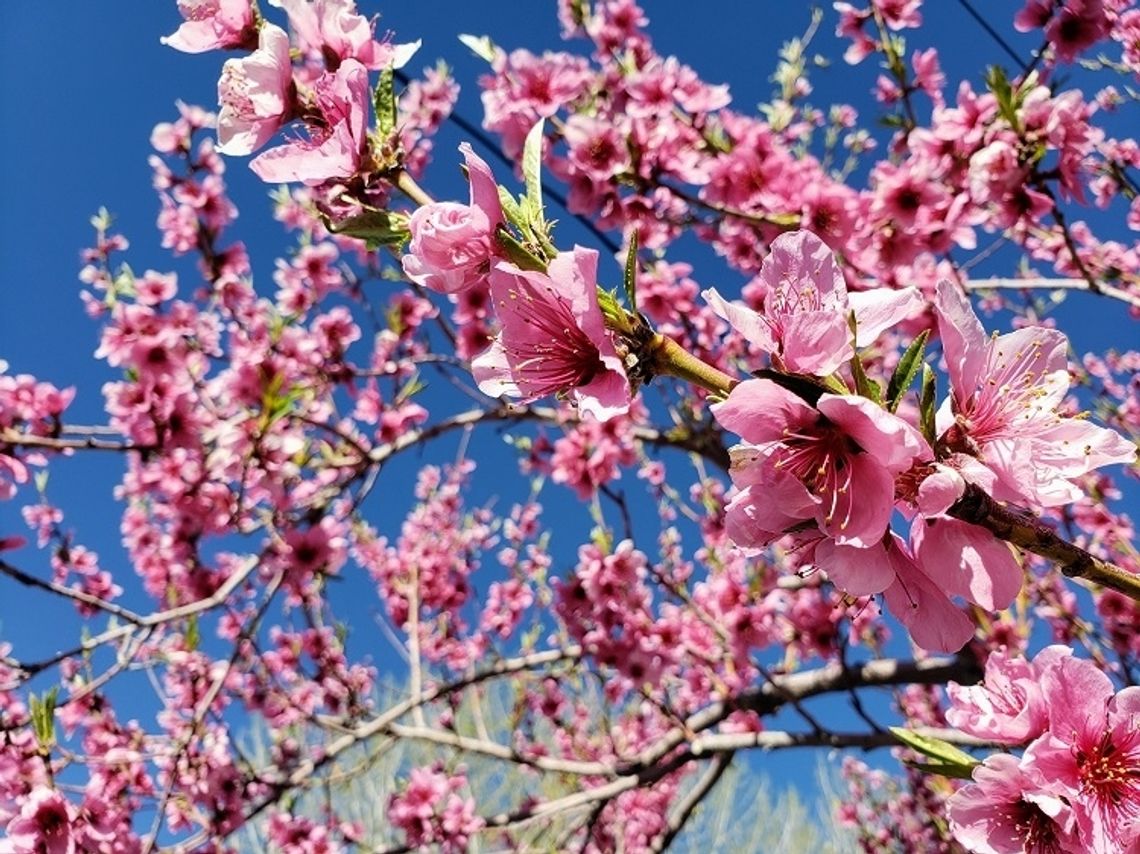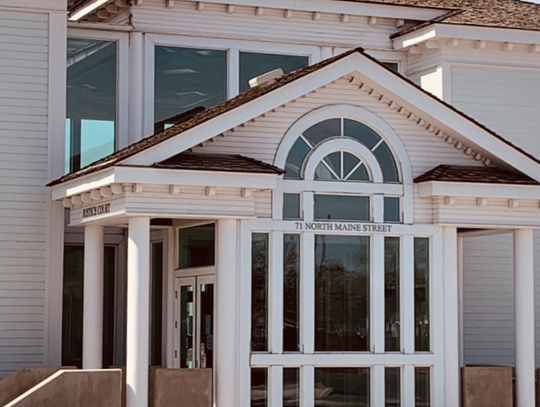Looking at the extended forecast this week, I can hear the sound of anxious pruners all over our valley cutting away at tree limbs in the balmy 50-degree sun. Believe me, I know it feels good to get ahead in your garden but, it still is premature for spring tree pruning chores. It is, however, a great time to clean and sharpen your pruning tools if you have not already. I reached out to my friend Karen Nichols at Cherry Dog Orchards here in Fallon. Karen is a local expert, a true fruiterer in every sense of the word. She grows an abundance of a variety of cherries, peaches, apples, and grapes. I cherish the same seasonal conversation we have at the beginning of every year, “Did you start yet?” Followed by, “are you still pruning?” weeks later. Pruning (and still pruning) will begin here on our farm in mid/late February if we have a series of dry days in the forecast.
Why not prune mid-winter you might ask? The short answer is your trees are still dormant and have less energy available to heal up the wounds you make with your cuts. Dormancy, like hibernation in animals, is a natural process that helps the tree survive having less sunlight and the winter cold. Pruning your trees is a great way to keep them healthy but when done correctly it will stimulate growth courtesy of hormones that are triggered to repair and regrow the wound. When that happens too early in the extra cold, you may damage the new tissue. Early cuts that you have made are also more susceptible to disease from the moisture that winter can bring. The ideal pruning window is when the tree is still dormant and just before the buds break. If you cannot resist, and I cannot talk you out of waiting just a bit longer, maybe consider just a light, primary pruning right now. If temperatures stay above 40 degrees a dormant oil could also be applied now if you are concerned about overwintering insects.
Walk around the tree you plan on pruning several times before you start making cuts. It is good practice to have a plan when you prune. Remember as you make your plan, that you shouldn’t remove any more than a third of the live wood in one season. A large, unkept tree might and should take several years to get back into tip-top shape. I am mentioning fruit trees here, but these general rules apply to most deciduous trees too.
Your pruning goal should be to create an open canopy that encourages airflow and extra light. The old farmer's advice is you should be able to throw a softball through the middle of the tree. Technically there are different pruning techniques for different types of fruit but for a hobby gardener you can use this general method for stone fruit (anything with pit-peaches, cherries, etc) or pome fruit (those lovely quinces and apples, pears).
Your first cuts should be any dead, damaged, or diseased limbs. Honestly, you can remove those types of branches whenever you happen to find them. Consider disinfecting your pruners when making cuts on this category of wood, especially before you move on to a new tree. Next, look for crossing limbs that can rub against each other and create a wound. With all your cuts, try to cut back to a bud or a branch. Also, let the tree grow out to the wound, leave a small space, sometimes called the collar. This is especially important when you make cuts back to the trunk. Cutting flush with your trunk is a major error and is a great way to introduce rot and another disease into your tree, don’t do it.
Suckers coming up from and around the base of the tree are likely shoots from the rootstock. As the name implies, they will sap energy from your tree. Cut them down to ground level. Water sprouts are the odd-looking branches that grow straight upwards, cut them off as well. Part two of your pruning can involve removing branches that grow too far downward, as well as the major thinning back of fruit tree branches for maximum fruit production.









Comment
Comments